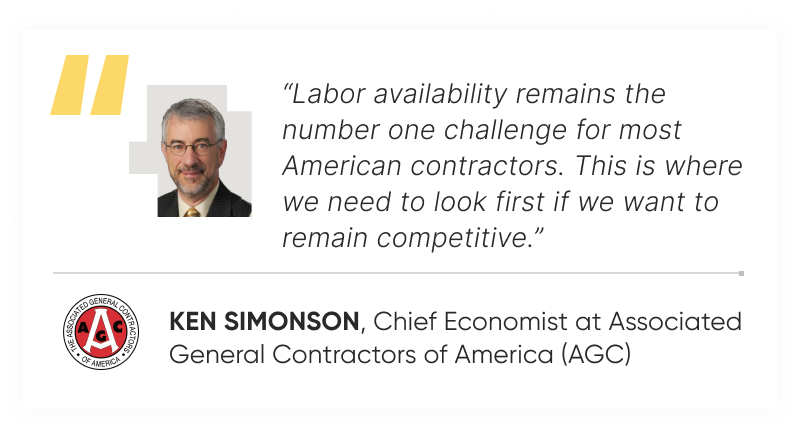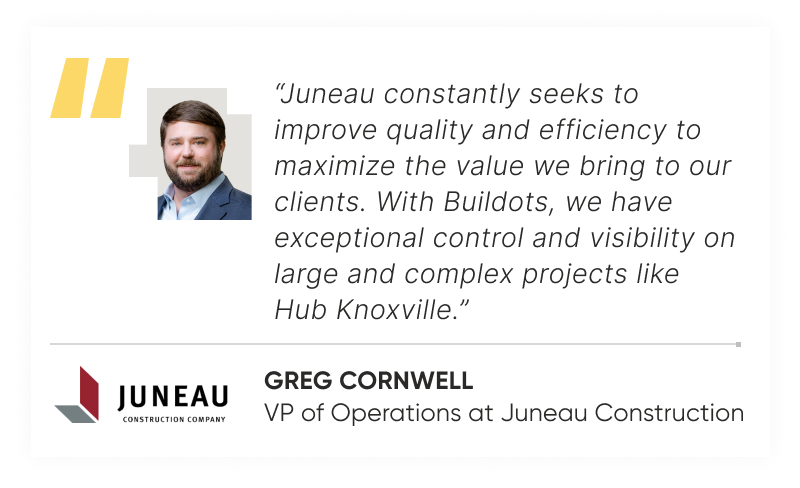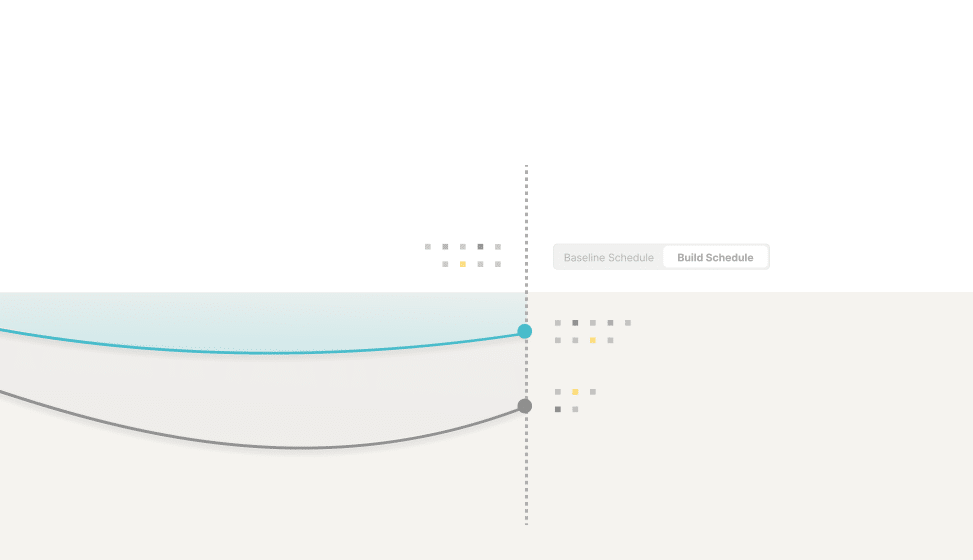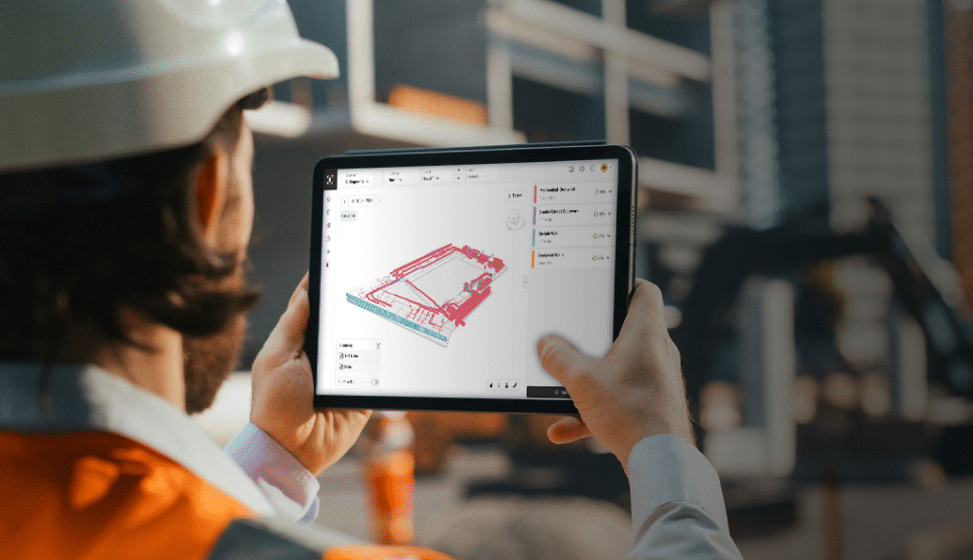Is AI key to overcoming the U.S. construction’s labor shortage and productivity crisis?

The U.S. construction industry has had a difficult few years. High interest rates and inflation have led to a sharp decline in residential and commercial projects, with the boom in data center construction a rare silver lining. However, the winds of change are blowing.
As the Fed starts to cut interest rates, analysts believe the market will return to growth in 2025, driven by demand for new healthcare infrastructure, schools and the ongoing housing shortage. But it won’t be clear sailing from here. Unfortunately, this return to growth is likely to exacerbate some of the industry’s long-standing issues, namely a lack of skilled labor and stagnating productivity.
$40 billion and counting…
A staggering $40 billion in wasted labor – this is what inefficiency costs the U.S. construction industry, as recently reported by Construction Dive. Output has stagnated, contrasting sharply with the broader economy, where labor productivity soared by 290% between 1950 and 2024. As Ezra Klein of The New York Times observes, “Today, the divergence is truly wild. An American construction worker in 2020 produces less than a construction worker in 1970. You’d think we could build much more, much faster, for less money, than in the past. But we can’t. Or, at least, we don’t.”
This trend extends globally. The OECD found that construction productivity declined in 40% of 29 countries studied between 1996 and 2019. Meanwhile, other sectors have embraced technological progress, resulting in massive productivity gains.
Labor shortage adds fuel to the fire
On top of the industry’s global productivity crisis, the U.S. construction sector is grappling with a severe labor shortage. Older workers are retiring in droves, and young people aren’t as keen to enter the industry as they used to be. Construction’s reputation for physically demanding work, safety concerns, rising paperwork and cyclical employment can deter talent. And many also view the industry as ‘stuck in its ways’ and slow to adopt new tech.The current talent gap stands at half a million workers. It’s affecting every part of the market, particularly commercial construction, which has seen a sharp decline in recent months. During a recent webinar hosted by Engineering News-Record (ENR) in partnership with Buildots, Ken Simonson, Chief Economist at the Associated General Contractors of America (AGC), summed it up well: “Labor availability remains the number one challenge for most American contractors. This is where we need to look first if we want to remain competitive”.

As projects become more complex, the lack of skilled labor is more acute. “We’re all impacted by this shortage,” agrees Keyan Zandy, CEO of Skiles Group. “And if we wish to stay competitive, also globally, the only solution will be in how to do more with less.”
AI is doing the heavy lifting
So, how can the industry ‘do more with less’? Ultimately, there’s a finite number of hours in a day, and as budgets and timelines become more demanding, innovation is one logical solution.
AI-driven construction management platforms and advanced data analysis tools, such as Buildots, are growing in popularity. Project teams know that working with these digital systems streamlines communication, saves delays, optimizes scheduling, and enhances trade management. As Ken Simonson from AGC predicts, “AI will inevitably bring about huge changes for the entire industry, from the design process to monitoring performance. It is just very early to tell where and when we will be able to do that successfully.”
In construction, AI enables a performance-driven mindset by shifting the focus from reactive problem-solving to measuring and improving every step of the construction process. Platforms such as Buildots offer predictive analytics to mitigate delays, manage resources efficiently, and ensure that projects stay on track. This approach, known as Performance-Driven Construction Management (PDCM), is refining how projects are managed by prioritizing efficiency and optimizing performance right from the start.
An example from the field: Juneau Construction meets Buildots
One company already benefiting from performance-driven construction management is Juneau Construction, which used Buildots to manage the extensive Hub Knoxville project at the University of Tennessee. With over 800,000 sq ft (74,322 sqm) of student housing spread across three buildings, Hub Knoxville presented significant challenges in scale and complexity.
Industry data shows that 75% of construction projects are delayed by an average of 20%, but with the real-time insights and predictive analytics provided by Buildots, Juneau is staying ahead of potential delays. Or as Greg Cornwell, VP of Operations at Juneau Construction, put it: “Juneau constantly seeks to improve quality and efficiency to maximize the value we bring to our clients. With Buildots, we have exceptional control and visibility on large and complex projects like Hub Knoxville.”

A new frontier?
U.S. contractors and industry experts know that labor shortages, declining productivity, and increasing project complexity demand a fresh approach. Early adopters, trailblazers, and companies like Juneau Construction are leading the way, demonstrating the value of AI-driven systems in tackling even the most complex and large projects.
It’s evident that AI and predictive analytics offer a powerful solution – bringing efficiency, reducing costs, and ensuring that projects meet their deadlines. With this shift towards innovation, the U.S. construction industry has the tools it needs to turn the tide.
The quotes in this article are taken from the “2024 Midyear Construction Economics Forecast” webinar hosted by ENR and Buildots. We thank all our panelists for their contributions. Over 1000 people registered for the live webinar. If you missed it, you can now watch the full discussion by accessing the on-demand version and ensure you are up to date and equipped with the latest information. Sign up to receive your copy of the recording here.


